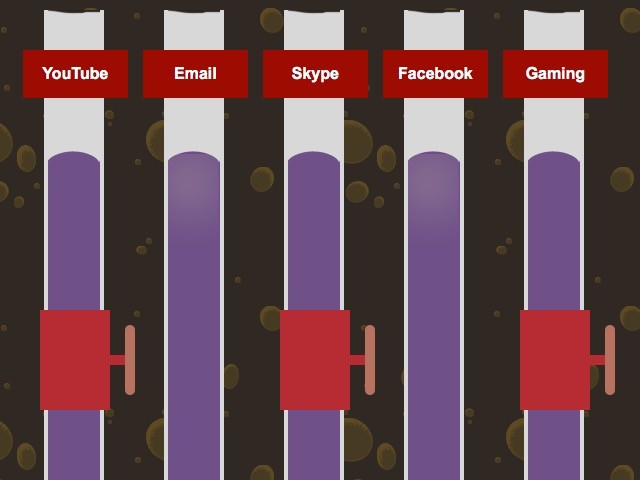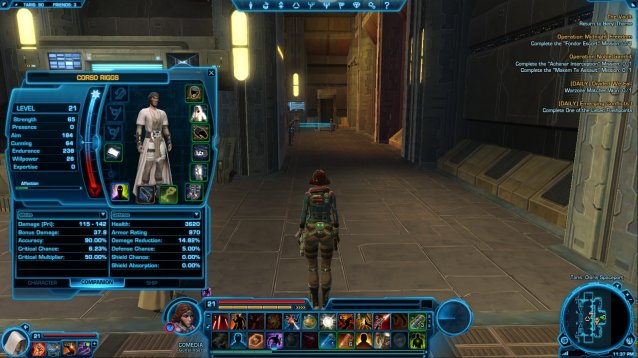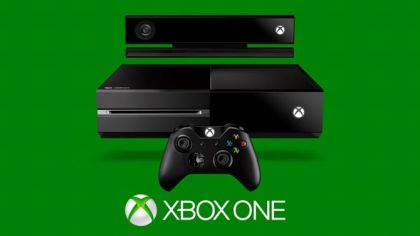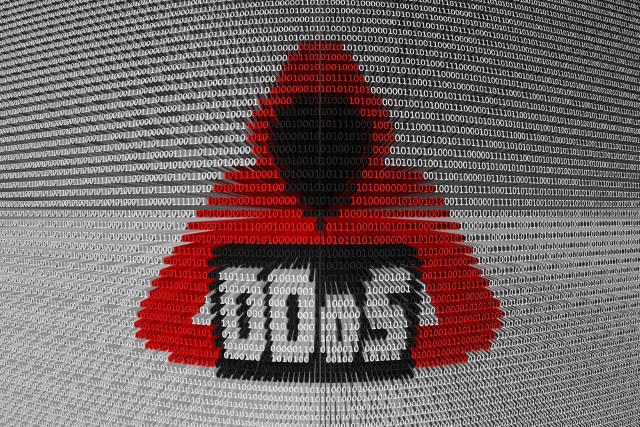

In a scant few months, someone is going to win six million dollars in a single game of DOTA 2, Valve’s popular online game. In total, more than seventeen million dollars will be doled out to the contestants. The competition is The International, Valve’s worldwide DOTA 2 championship, which was the subject of their 2014 documentary “Free To Play.”
This is the largest prize pool ever offered for an e-sports competition, more than ten times larger than the prize pool for the first The International, just a few years ago.
This would be shocking if it weren’t part of a much larger trend. E-sports, as competitive video games are called, having been blowing up in a big way. In April, ESPN2 broadcasted the finale of “Heroes of the Dorm,” a college championship for Heroes of the Storm, Blizzard’s recent entry into the MOBA space. The broadcast pulled about a hundred thousand viewers. Not spectacular, but also nothing to sneeze at – especially for a game that’s still in closed beta. It was the first time a video game championship had been broadcast on national television, and was seen by many as a watershed moment for e-sports in general.
This transformation is coming as a shock to many people, and for good reason. Just a few years ago, professional gaming basically didn’t exist, outside of a few tournaments in East Asia. The growth since then has been explosive. In 2014, more than 205 million people watched or played e-sports. That’s more than watched the super bowl. More than twenty-million tuned in to watch The International 2014 alone. The number of tournaments with cash prizes increased from about 10 in the year 2000 to almost 700 in 2012. So, what changed?
One of the big changes has been the stable of games available. While there has always been competitive play on a variety of titles, it’s always been a hobbyist affair because they just aren’t that interesting to watch. First person shooters, played competitively, are not easy to follow based on the on-screen feed. Furthermore, most of these games depend more on mechanical skill and speed than large-scale strategy, which can make the commentary on them less interesting.
Unlike traditional sports, where everyone can appreciate somebody hitting a ball really far, it can be tough uninitiated to even understand what’s happening when someone is, for example, pulling off impossible unscoped headshots from across the map. There’s also the simple mechanical issue that watching things play out on several screens is just plain confusing. Or, expressed more succinctly,
@Twitch @DOTA2 @SwarmStarting cod sucks
— Jack (@SwarmVandy) July 21, 2015
The first game to achieve global credibility as an e-sport was Star Craft II, a real-time strategy game developed by Blizzard, with a heavy focus on tactics and an overhead perspective that lent itself to spectators. The game was played seriously in China and South Korea, leading to the rise of some of the first professional gamers. Since then, the scene has been dominated by MOBAs like DOTA 2 and League Of Legends (which is DOTA 2’s primary competitor). These games themselves originated from user-created mods of StarCraft and Warcraft.
MOBAs are “Multiplayer Online Battle Arenas” – games in which users pick from a large pool of characters, each with different abilities and weaknesses, and work together to battle another team. The game type is sort of a two-sided point defense arrangement: both sides have a base they have to defend against the enemy, while trying to destroy the opposing team’s base. The need to balance offense and defense, combined with characters that become more or less powerful as the game progresses, contributes to tense, strategic gameplay.
MOBAs have some key advantages in the e-sports arena. For starters, they shrink down the scale of the action compared to Star Craft, reducing the scope from a battle between armies to something more like a football match – a handful of players on both sides, with a few automated units each, duking it out in a relatively small map. They’re also very colorful and have a diverse cast of characters, each with detailed animations and visual effects. That means that these games have a good deal of variety from match to match, both tactically and visually. It’s unusual to see exactly the same sets of heroes played twice in a row. That makes the games more interesting when played over and over (and over) again.
Many modern MOBAs are designed from day one for competitive play. As the market grows, so does the incentive to prioritize competitive players. Becoming a tournament darling means a lot of free publicity and a lot of money. Game designers may even choose to make some gameplay sacrifices that make a game harder to approach, or less fun for novice players, in order to keep the game better balanced and more open-ended for competitive play. It’s hardly a wonder that this new generation of lean, mean tournament machines draw larger audiences than their less-optimized ancestors. With larger audiences comes more money – a lot more.
The @DOTA2 International 2015 now has over $17,000,000+ in the prize pool, more than the previous four combined! #TI5 pic.twitter.com/sTdEcEsS03
— Twitch (@Twitch) July 21, 2015
It’s also worth mentioning that MOBAs benefit from being team based – in more ways than one. Because there are always several players on each side, someone is pretty much always doing something interesting. Compare this to StarCraft, where large chunks of the game time are devoted to set-up for the larger battle, and may not be all that interesting to watch. There’s also the personal aspect. Five players per side means greater odds of having colorful personalities on the field. Like a conventional sport, people can follow their favorite athletes, get involved in the dynamics of a team, and generally get more invested in the whole process. Nobody makes cards with chess players on them, and there’s a reason for that.
All of this brings us into the second major factor in the rise of e-sports…
It would be impossible to tell the story of e-sports without taking a moment to talk about Twitch. Twitch is a streaming service designed specifically to stream live gameplay across the internet. Twitch began as a gaming-focused channel of Justin.TV, a streaming platform that hosted a wide variety of content. However, Twitch grew so rapidly that it was spun off as its own company, and eventually the company behind Justin.TV shut the main site down to focus exclusively on Twitch.
As of now, Twitch is the de-facto standard in game streaming. It’s the standard platform for televising virtually every major competition, and it routinely attracts millions of viewers. It’s been host to highly successful streaming experiments like “Twitch Plays Pokemon,” in which tens of thousands of fans collaborated to collectively steer a character through the trials of Pokemon Red. Twitch is so ubiquitous that it’s actually being integrated by default into many of the new games aimed at competitive play.
Why does Twitch matter? For the same reason that ESPN matters. Tournaments and athletes make their money through viewership. For a long time, streaming required dedicated hardware and software, and a good bit of technical skill. Twitch made it trivially easy, and brought every major gaming event under one roof. That’s a big factor in the explosive growth of e-sports. To some degree, the interest has always been there. Twitch just made it easy to engage with that content in a convenient way.
There’s another important factor here, which is the role that Twitch plays for the gamers themselves. It’s not just tournaments that are streamed on Twitch. It’s also regular gameplay from Let’s Play-ers, skilled competitors, commentators, and speedrunners. Twitch, along with YouTube, has been instrumental in the rise of the gaming micro-celebrity, who garner a small but devoted audience and make their living playing and talking about games. Practically all competitive players have some degree of micro-celebrity, and that does a huge amount to engage with their audiences and convert gaming enthusiasts to an interest in the competitive scene.
It’s hard to predict the future of an area that’s evolving so rapidly, but one thing seems certain: more growth is coming. Today, the grand prize is six million dollars, which is more than the winning Superbowl team gets. Will it be sixty-million in a few years? How long until e-sport celebrities are household names the way that Payton Manning is? I don’t claim to know, but it’s going to be interesting to find out.
Are you a fan of e-sports? Looking forward to The International this year? What do you think of this explosive growth? Let us know in the comments!
Image Credits: Watching Football Match via Shutterstock




 SWTOR | Star Wars: The Old Republic Beginners Guide
SWTOR | Star Wars: The Old Republic Beginners Guide How to troubleshoot problems with Xbox One SmartGlass
How to troubleshoot problems with Xbox One SmartGlass How To Upgrade To Windows 10 For Free From Windows 7 and Windows 8/8.1
How To Upgrade To Windows 10 For Free From Windows 7 and Windows 8/8.1 How to Change Armor Color in Destiny
How to Change Armor Color in Destiny How Can You Protect Yourself Against a DDoS Attack?
How Can You Protect Yourself Against a DDoS Attack?